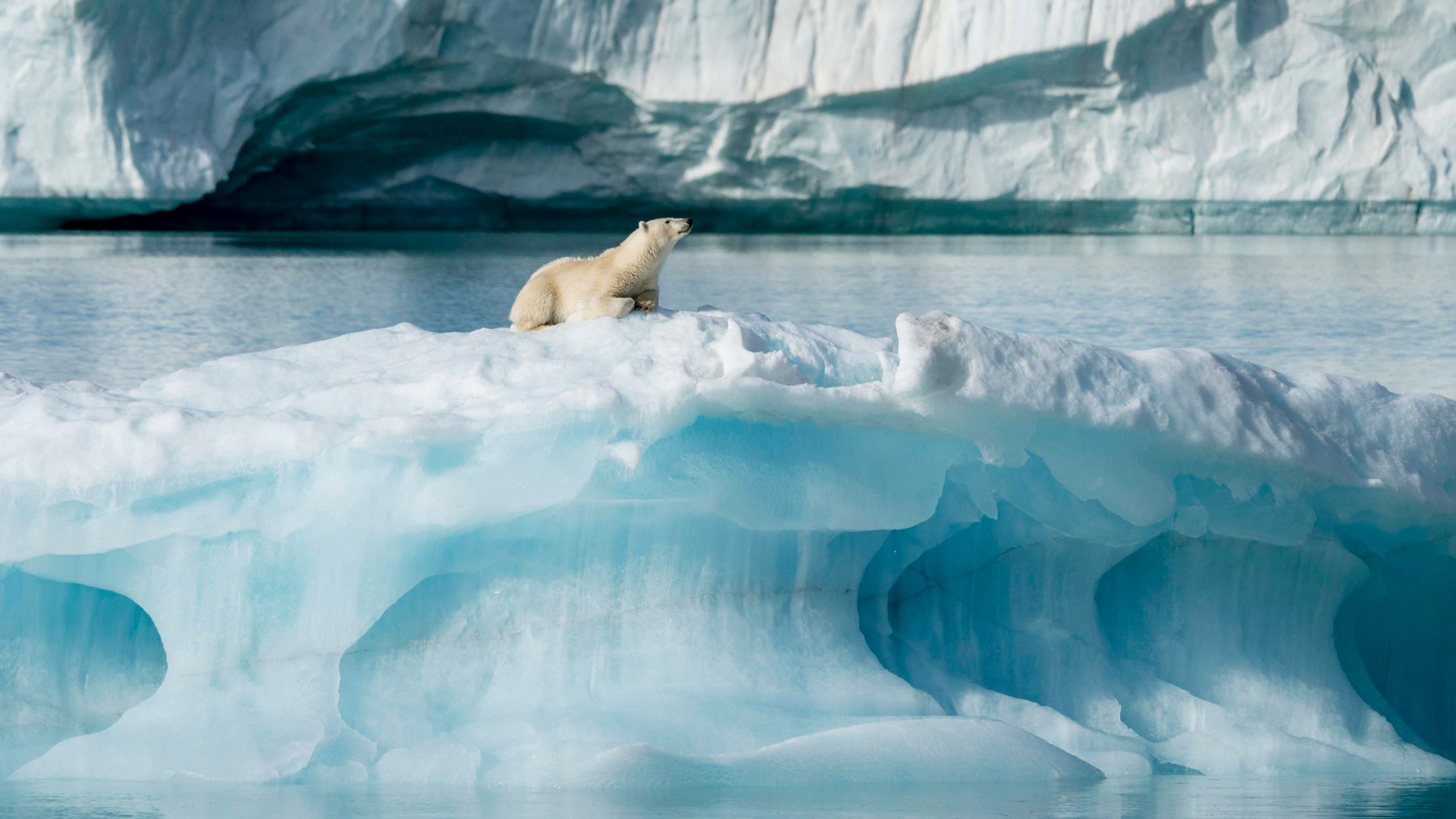The very name evokes images of polar explorers and their tales of triumph and tragedy, hardship and success, the transformation of hard men into legends, or their consignment into icy obscurity.
Long regarded as impassable since those fabled attempts of the heroic era, a quirk in changes of modern era seasonal ice cover makes the NorthWest Passage able to be navigated by expedition ships.
Whilst navigable, the passage is still difficult and requires thorough preparation, a strong team and solid navigational resources. To those that treat the passage lightly, a high likelihood of grounding, or an impenetrable band of ice, awaits.
In contemplating the voyages of two private expedition vessels (45m and 120m) we worked with this season, we realized that several components are essential to promote a higher rate of success. Some components we found essential included an Arctic ice pilot with direct navigational experience of the route, a forward looking sonar, internet communications that allow access to ice navigation data (or email access to your shore support who can relay it to you), an Inuit speaker, a reputable local agent with shore staff in each of the main settlements and a working relationship with local authorities, polar bear management skills, good contact with the Coastguard and other maritime entities, and of course, having a well reasoned and understood ‘Plan B’ .
Next season we are preparing to assist another four vessels through the passage. Although it is set to become ‘The Next Frontier’ for expedition yacht owners and their captains, these waters command the same respect they have done since Amundsen’s day.



